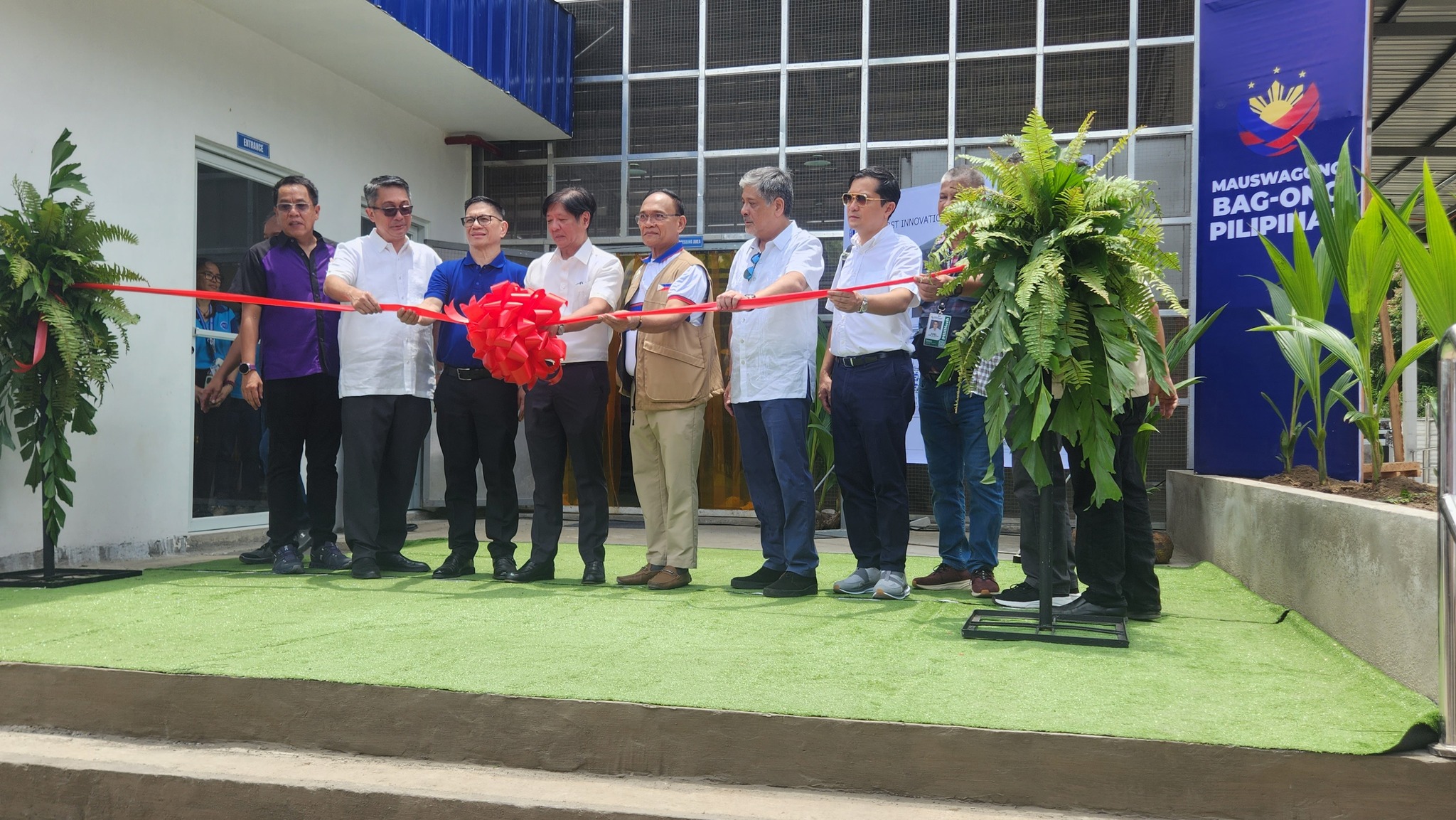
By Darryl John Esguerra | Philippine News Agency
President Ferdinand R. Marcos Jr. on Tuesday turned over various agricultural support projects to farmers in Misamis Oriental province, reinforcing the administration’s agenda to modernize agriculture through strategic investments in infrastructure, technology, and industry development.
During the turnover and launch ceremony held in Balingasag town, the President led the distribution of major interventions from the Department of Agriculture – Northern Mindanao (DA-Regional Field Office 10), DA – Philippine Center for Postharvest Development and Mechanization (PhilMech), and private sector partners under the Rice Competitiveness Enhancement Fund (RCEF) and the SUnRISE Integrated Coconut Processing Facility (SUnRISE-ICPF) program.
Among the largest projects unveiled was the Mapulog-Tuboran Farm-to-Market Road in Naawan town, worth P90.8 million.
“Sa buong rehiyon, nakapagtayo na tayo ng halos 70 kilometrong farm-to-market roads at mga tulay na tinatayang nasa 105 linyang metro,” Marcos said in his speech.
The farm-to-market road projects have benefited nearly 16,000 Filipino families in the area, he added.
Additional support included P32.2 million worth of machinery, equipment, facilities, and agricultural inputs. Combined with P78.1 million in rice farming technologies under RCEF, total government-backed assistance reached over P200 million.
Key to the event was the launch of the P350-million SUnRISE Integrated Coconut Processing Facility, a flagship public-private partnership with the First Community Cooperative (FICCO), which will anchor the transformation of the coconut industry in the region.
Seated on FICCO property, the facility will produce six high-value coconut products—including cocopallets, activated carbon, virgin coconut oil, coco flour, skim milk, and coco water—targeting export markets and aiming to increase the farm gate price of coconuts from P8 to P9 to P16 to P18 per nut.
The project is part of the SUnRISE initiative—short for Solving Unemployment through Rural Industrialization, Sustainable and Enterprise Development—which is designed to elevate rural incomes and contribute to the national goal of reducing poverty to single digits by 2028.
